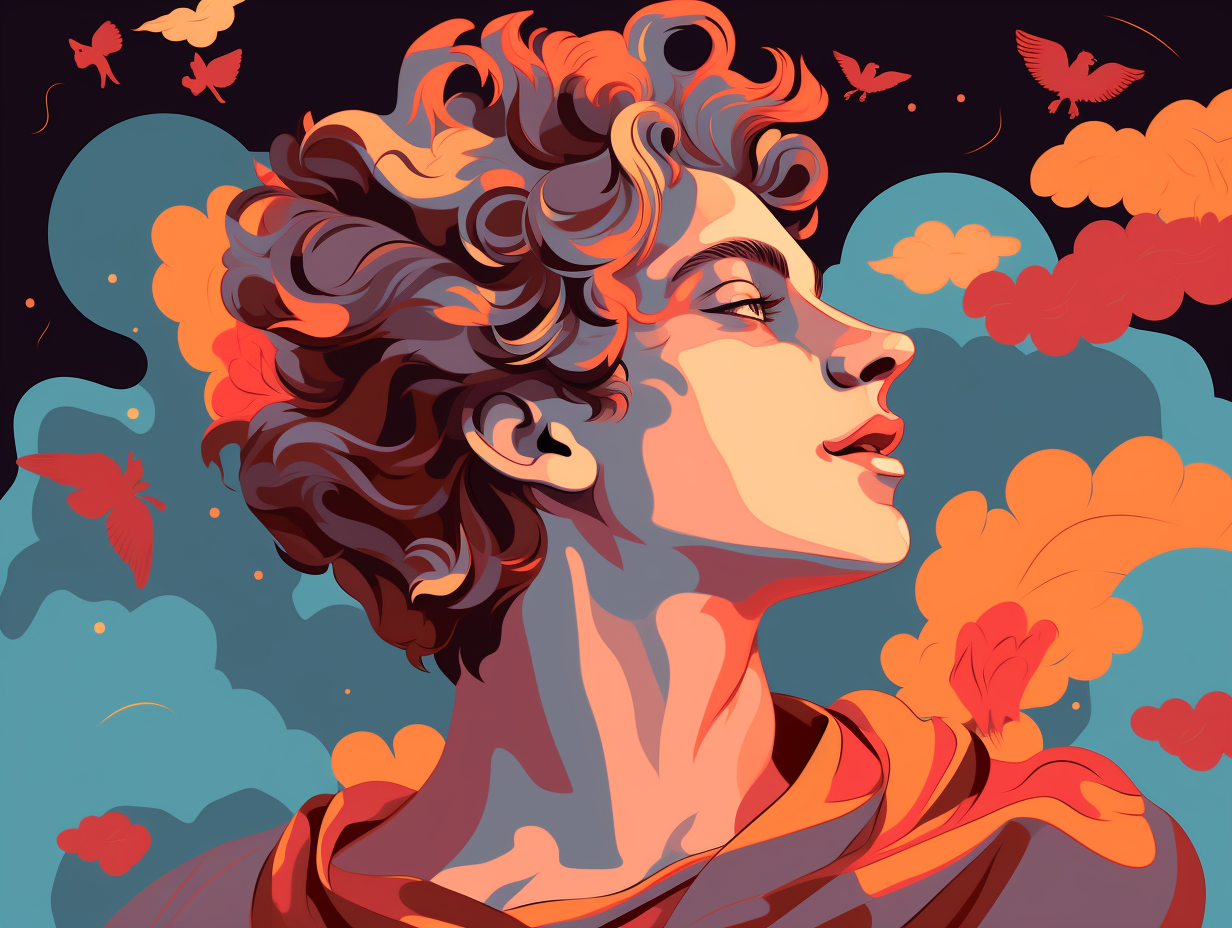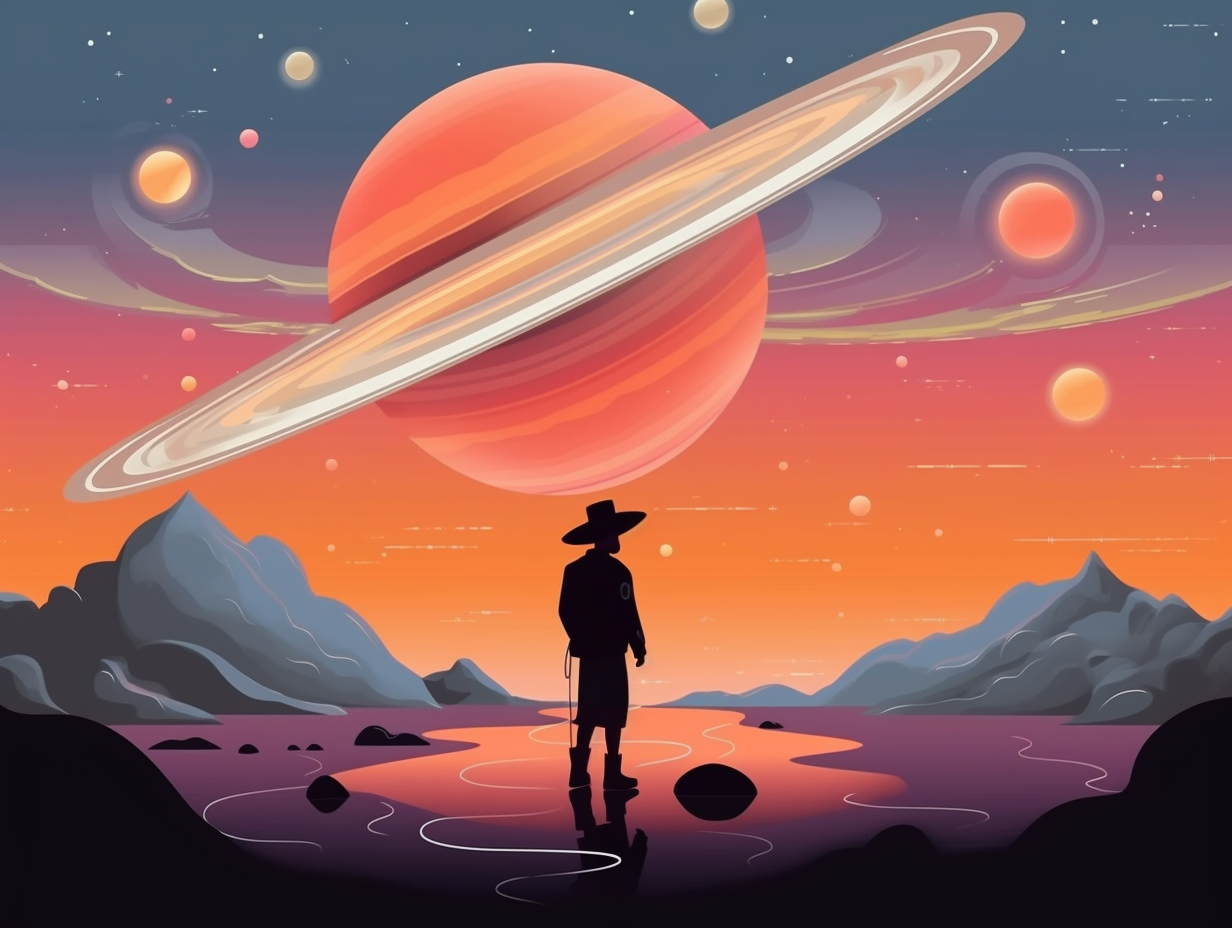11 Stellar Fun Facts About Constellations You'll Love to Share!

1. Greek Drama in the Sky
From love-struck gods arranging the stars like Shakespearean sonnets to bear-y serious reminders about chastity – the night sky is quite the ancient Greek drama: Artemis, the goddess of the hunt, is credited with placing constellations like Orion, Ursa Major, and Ursa Minor in the sky, each with their own tale of love, tragedy, and moral lessons for mankind.
Source => space.com
2. Pyramids Align with Orion's Belt
Did Orion's Belt tighten around Egypt's waistline in ancient times? That's what the Orion Correlation Theory would like us to believe: This controversial idea in Egyptology suggests that the three largest pyramids of Giza were built to align with the stars of Orion's Belt, a celestial homage to Osiris, the god of rebirth and afterlife in Egyptian mythology.
Source => en.wikipedia.org

Did you know stars change colors as they heat up and cool down, with red stars being cooler and blue stars being the hottest? Discover their unique life-cycles and how they strut their cosmic style on the color wheel!
=> Fun Facts about Stars
3. Hercules: The Shy Bodybuilder
Hercules may have been flexing in the night sky, but his constellation is like a shy bodybuilder at the beach – he's got the size, but dim stars make it tough to show off: The Hercules constellation is, in fact, the fifth largest, but can be hard to spot without the help of the Keystone asterism, which represents his torso. Furthermore, this cosmic jumble of muscles contains Messier 13, the brightest globular cluster in the northern hemisphere, visible from May to July.
Source => astrobackyard.com
4. Asterisms: Celestial Rebels
Step aside, Zodiacs: those stars are going freestyle with asterisms! As the celestial rebels of the night sky, these unofficial constellations don't stick to boundaries or the rules that society has imposed upon their more conformist counterparts; they're more into making their own shapes and patterns, thank you very much: Asterisms, like the Big Dipper and Cassiopeia's W, are looser and more flexible than constellations, with some even swapping stars for different variations, such as the Spring Triangle's occasional switcheroo between Regulus and Denebola.
Source => constellation-guide.com

5. Orion's Allergy Mishap
Orion may have been a great hunter, but he couldn't hunt down a decent antihistamine: The giant scorpion responsible for his demise was actually sent by Gaia (or Artemis, depending on the myth) during an ill-fated hunting trip on Crete; today, Orion's constellation is visible in both the northern and southern hemispheres, making it one of the most recognizable night sky fixtures in the world!
Source => en.wikipedia.org
6. Polaris: The Trusty North Star
Before GPS, sailors depended on a true "star of the show" to guide them in the right direction: Polaris, the North Star, played a crucial role in navigation by remaining steadfast above the North Pole, offering seafarers a constant beacon to find true north and safely sail the high seas back home.
Source => formulaboats.com
7. Hydra: The Overachiever
If Hydra were a high school student, it would be the overachiever who nabs all the stars and probably started its own galactic club during lunch break: Hydra is the largest constellation and a smorgasbord of celestial wonders, featuring three Messier objects, six known Milky Way supernovas, and delighting star gazers with annual meteor showers – the Alpha and Sigma Hydrids.
Source => usvao.org
8. Cassiopeia: The Selfie Queen
Queen Cassiopeia was the original selfie queen, broadcasting her beauty to the world and ticking off the celestial gods: In Greek mythology, it is said that the constellation Cassiopeia was placed in the sky by sea god Poseidon as punishment for her vanity, boasting that she and her daughter Andromeda were even more beautiful than the sea nymphs called Nereids, causing the deity to chain her to a throne in the sky, forever immortalized in a constellation resembling a torture device.
Source => en.wikipedia.org
9. Constellations' Hidden Stories
Step aside, star-crossed lovers and zodiac enthusiasts, for there's a deeper celestial secret lurking behind the constellations: Some of them are actually inspired by traditional asterisms, specific star patterns situated within larger constellations! As 88 official cosmic collectives recognized by the International Astronomical Union, each constellation carries with it a hidden backstory and significance, making the night sky not just lovely to look at, but also rich in astronomical lore.
Source => go-astronomy.com

10. Uncovering New Constellations
Before the southern skies spilled the beans, astronomers were sly as a fox when it came to mapping out the heavens: Claudius Ptolemy and Abd al-Rahman al-Sufi, both ancient space enthusiasts, played a huge role in naming the celestial patterns we recognize today. But as curious Europeans ventured beyond their backyard in the 17th century, they stumbled upon new constellations like Vulpecula (The Little Fox) and Triangulum Australe (The Southern Triangle) that the wise old stars couldn't hide from them any longer. This cosmic revelation shows that knowledge of the universe is as boundless as the twinkling expanse above.
Source => space.com
11. Lynx: The Shy Celestial Feline
Lynx: the celestial feline too shy to shine, playing a cosmic game of hide and seek among the stars. This enigmatic kitty prefers to keep its secrets veiled, only sharing them with the most tenacious of stargazers: Lynx boasts exoplanets in six of its star systems and Y Lyncis, a semiregular variable star with a diameter 580 times larger than the Sun and a luminosity of 25,000 times that of our fiery orb.
Source => en.wikipedia.org
Related Fun Facts




















